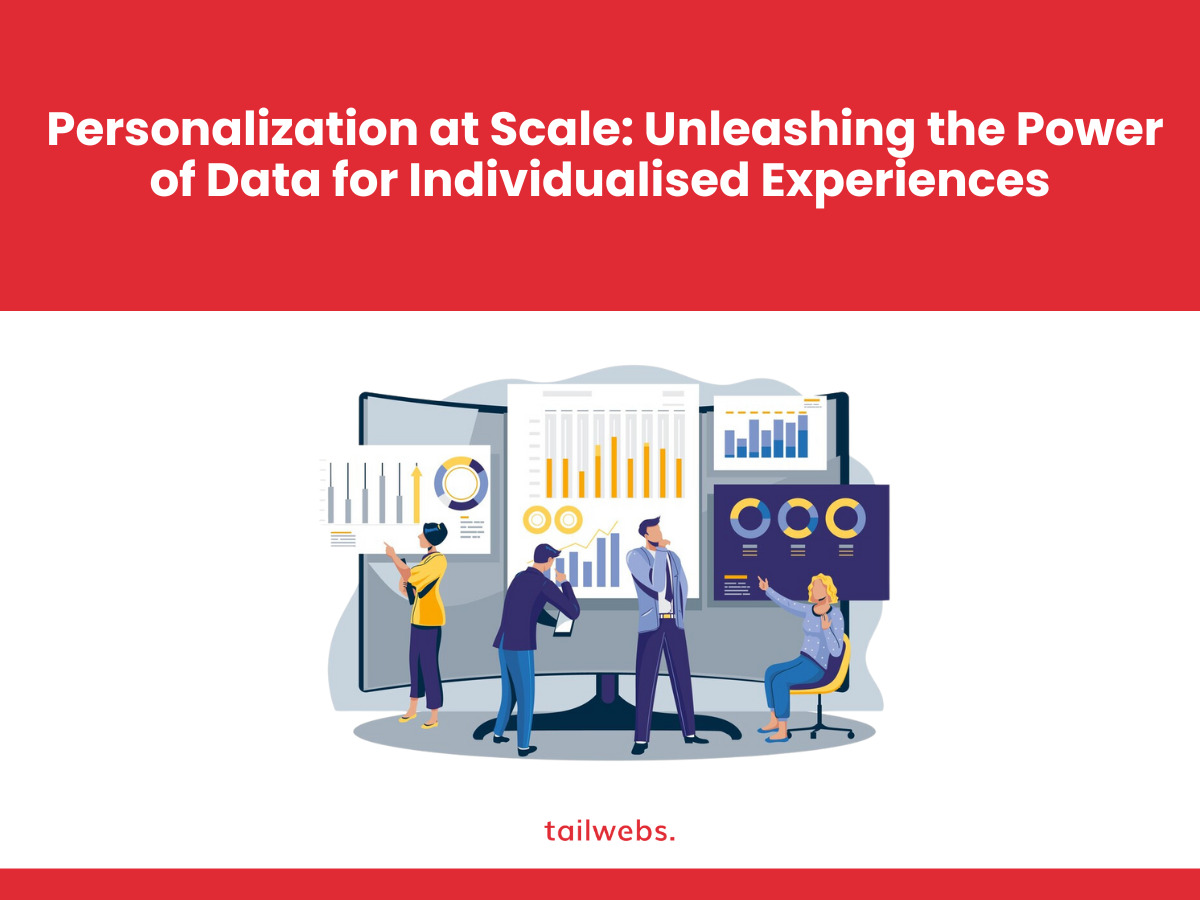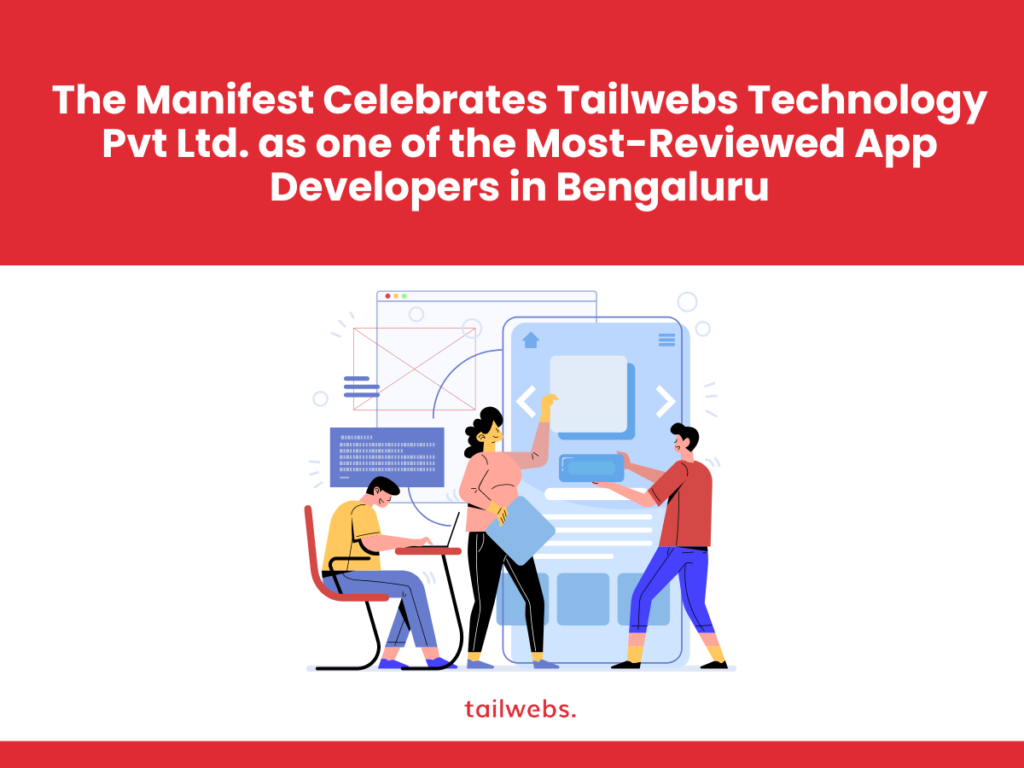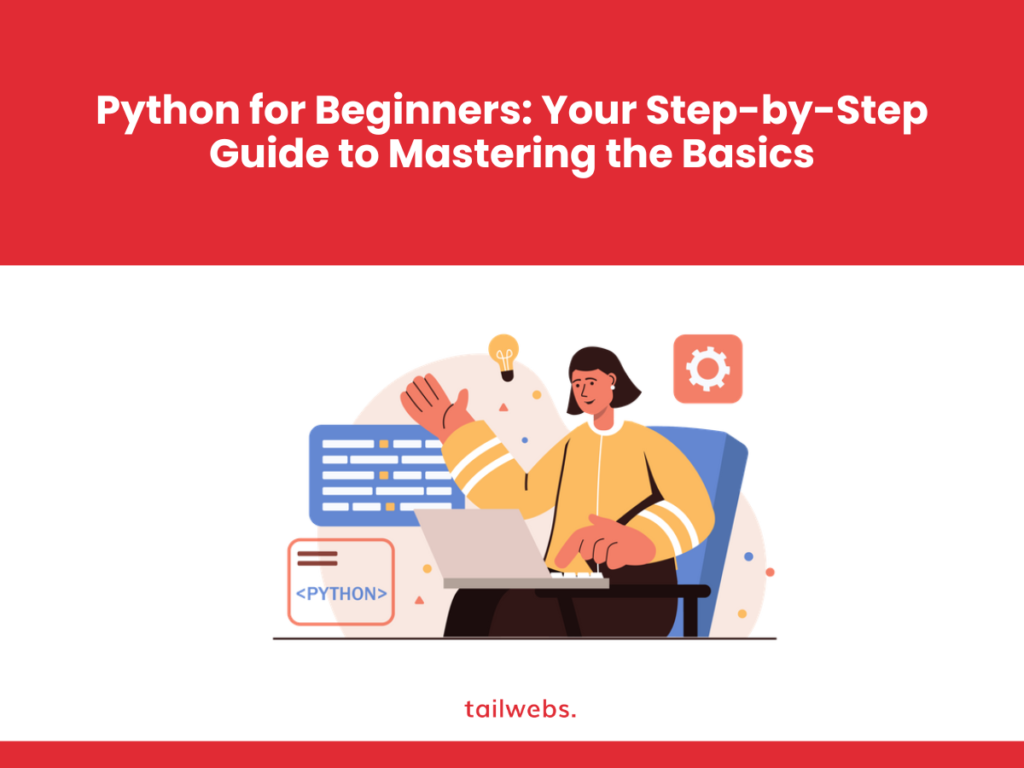In today’s digital age, customers crave uniqueness. They demand experiences tailored to their specific needs, preferences, and desires. This is where personalization takes centre stage. However scaling personalization can be a daunting task. How do you create individualised experiences for countless customers while maintaining efficiency and relevance? The answer lies in leveraging data, and this blog post will delve into the powerful tools and strategies to achieve personalization at scale.
The Power of Personalization:
Before diving into the “how,” let’s explore the “why.” Personalization isn’t just a trendy buzzword; it’s a proven path to growth and customer satisfaction.
- 80% of customers are more likely to choose a brand that offers personalised experiences.
- 71% of online consumers expect personalization from brands they interact with.
- Personalization can increase ROI by up to 20%.
These stats paint a clear picture: personalization drives profits and fosters loyalty. Now, let’s unlock the data-driven tools to make it happen at scale.
Data: The Fuel for Personalization:
Customer Data Platforms (CDPs):
Think of CDPs as central hubs for all your customer data, from purchase history to website visits and social media interactions. By unifying and analysing this data, you gain invaluable insights into individual preferences and behaviours.
Machine Learning (ML) and Artificial Intelligence (AI):
These powerful tools go beyond basic analysis. They can identify patterns, predict future behaviour, and even automate personalization decisions. Imagine AI suggesting the perfect product to a customer based on their past purchases and browsing patterns, creating a sense of serendipity and delight.
Strategies for Personalization at Scale:
Dynamic Content:
Show different website content, product recommendations, and email offers based on individual data points. This dynamic approach ensures every customer encounters relevant and engaging experiences.
Micro-Segmentation:
Go beyond general demographics and segment your audience into smaller groups based on specific interests, buying habits, and other relevant factors. This allows for highly targeted and effective personalization efforts.
Real-time Personalization:
Leverage data collected in real-time to personalise website interactions, offers, and even in-store experiences. Imagine a customer walking into a store and receiving personalised recommendations based on their real-time location and browsing history on their phone.
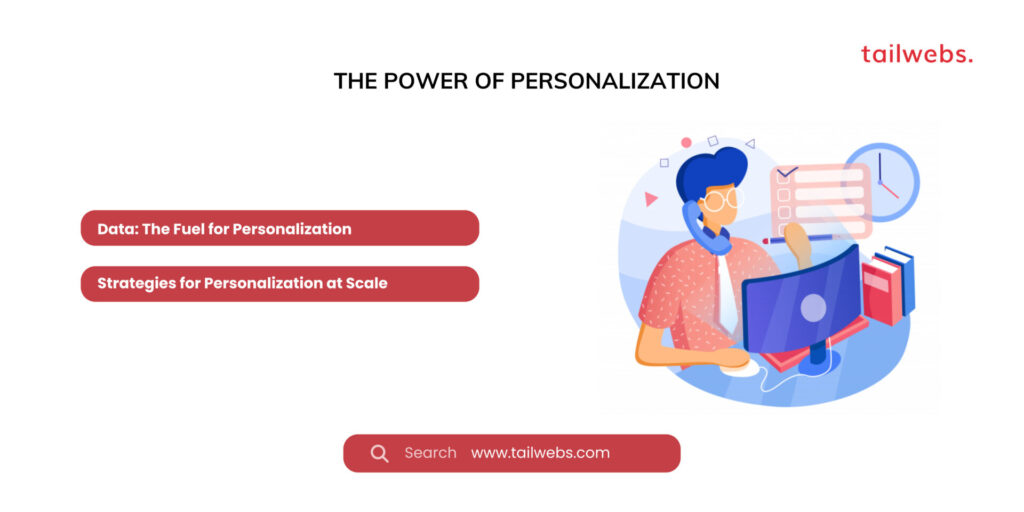
Remember:
Data Privacy is Paramount:
Respect customer data privacy and be transparent about how you use it. Building trust is crucial for successful personalization.
Start Small and Iterate:
Don’t try to tackle everything at once. Begin with pilot projects, test different strategies, and continuously refine your approach based on data and feedback.
Focus on Value, Not Just Metrics:
Personalization shouldn’t feel manipulative. Offer real value to your customers, and the metrics will naturally follow.
Personalization at scale is no longer a luxury; it’s a necessity. By leveraging data, embracing AI, and implementing smart strategies, you can create individualised experiences that resonate with each customer, fostering loyalty, driving revenue, and ultimately, reigning supreme in the kingdom of CX.
Personalization at Scale: Case Studies and the Future of Individualised Experiences
In the first part of this blog, we explored the power of data-driven personalization at scale and unveiled the essential tools and strategies to make it happen. Now, let’s delve deeper with concrete examples and a glimpse into the future of individualised experiences.
Case Studies in Personalization Success:
Amazon:
The e-commerce giant leverages its vast customer data to personalise product recommendations, search results, and even promotions, resulting in significant increases in conversion rates and customer satisfaction.
Netflix:
Using a sophisticated recommendation algorithm powered by user viewing data, Netflix keeps viewers engaged by suggesting content they’re highly likely to enjoy, driving loyalty and reducing churn.
Spotify:
The music streaming platform analyses user listening habits and creates personalised playlists, radio stations, and even daily mixes, leading to a more enjoyable and engaging listening experience.
These case studies demonstrate the effectiveness of personalization at scale across diverse industries. Now, let’s peek into the future of this evolving landscape:
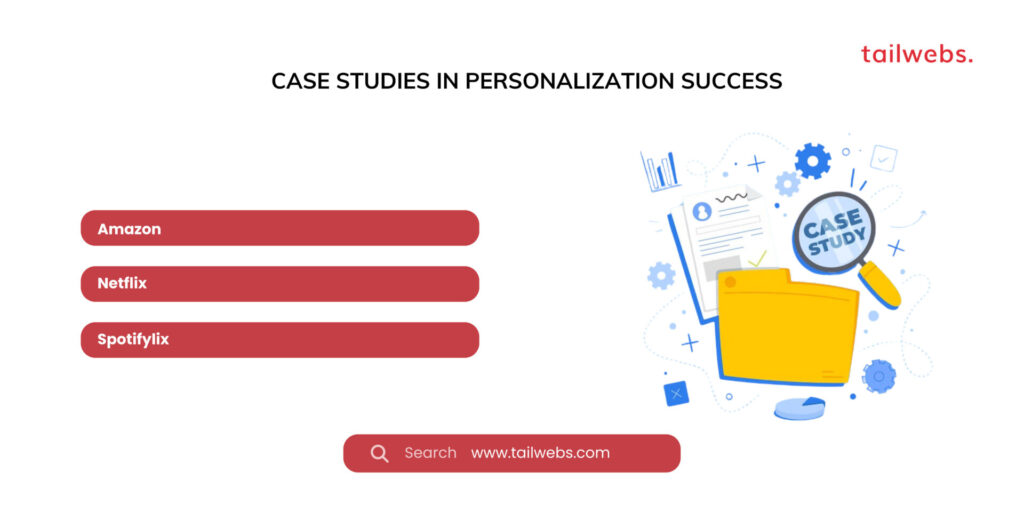
The Future of Personalization:
The Rise of Contextual Personalization:
Personalization will move beyond static user-profiles and adapt to real-time context. Imagine a travel app suggesting restaurants based on your current location and the time of day.
Hyper-Personalization 2.0:
Technology will advance, allowing for even more granular personalization based on subtle factors like mood, emotional state, and even biometrics. This level of individualization has the potential to revolutionise how we interact with brands.
Ethical Considerations:
As personalization expands, concerns around data privacy and manipulation will grow. Ensuring transparency, control, and ethical data usage will be critical for continued success.
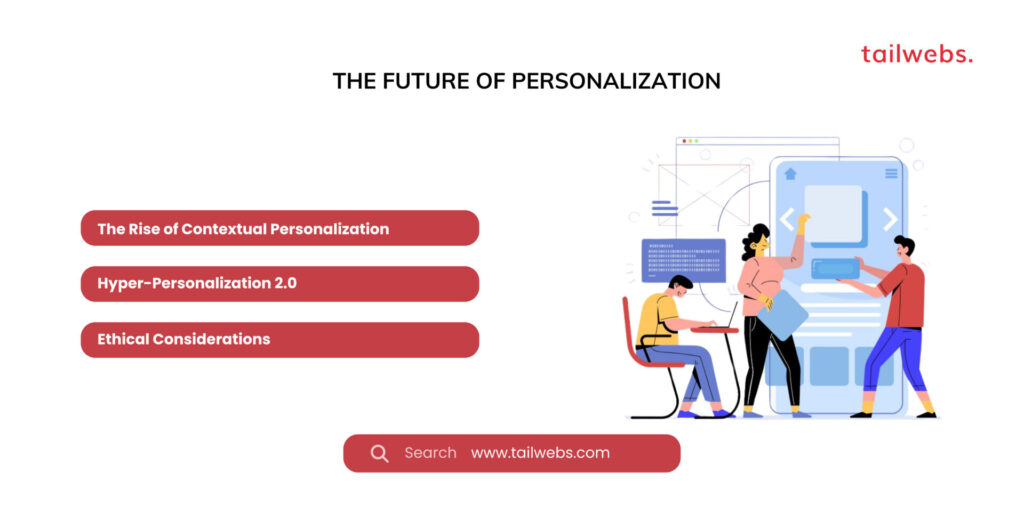
Remember:
Personalization is a continuous journey:
Keep learning, testing, and adapting your approach based on data and customer feedback.
Embrace the human touch:
While technology plays a vital role, don’t forget the importance of human interaction and empathy in creating truly personalised experiences.
Personalization is about more than just sales:
Focus on building genuine connections with your customers, and the business benefits will naturally follow.
Personalization at scale isn’t just a trend; it’s the future of customer engagement. By embracing data, employing intelligent strategies, and staying mindful of ethical considerations, you can position your brand at the forefront of this transformative journey.

